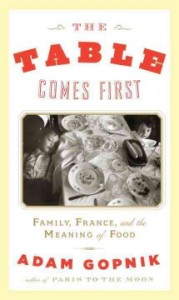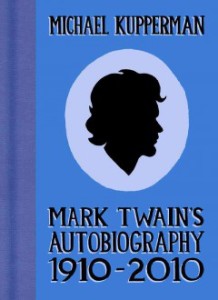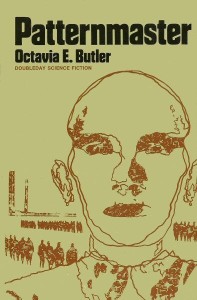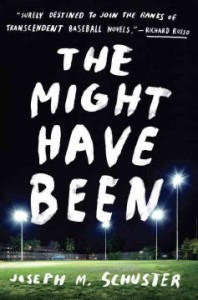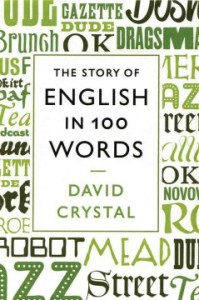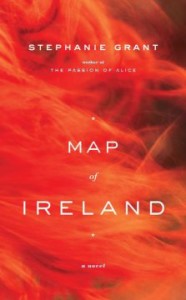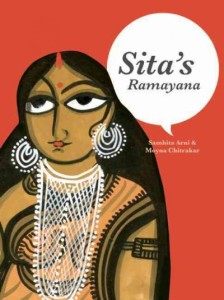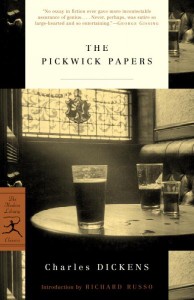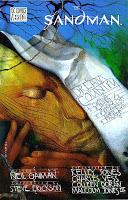
view/request
Ten years ago a friend lent me The Sandman: Brief Lives. I had not read many comics, but I was hooked, and I quickly read each of the ten trade paperbacks that make up The Sandman. (Brief Lives is actually the seventh volume in the series, but it was a good place to start, as it better reflects the character of the series as a whole than does the dark and brooding Preludes and Nocturnes. If you know you are going to read the whole series, start at the beginning, but if you are unsure, starting with Brief Lives is not a bad idea.)
Although nominally set in the universe of DC Comics, no past comic reading experience is required. More important is a knowledge of myth and literature, and an appreciation for story and fantasy. The Sandman is a collection of stories which together tell the story of Dream. Dream, in The Sandman, is both a character, and a fundamental, inescapable force of the universe in which he resides. He is one of the Endless, and like Destiny, Death, Destruction, Despair, Desire and Delirium, he has always been, and will always be. Despite this, Dream is moody, stubborn, and often remarkably human.
The Sandman had its roots in horror, a genre I have never had much inclination to explore, but while it has fantastical and grotesque elements, it is too optimistic, too affirming, too delightful to be anything of the kind. The characters of Death and Delirium are particularly delightful—while both have their obvious dark sides they are depicted as being kind and caring; Death in particular is shown to be particularly wise. Most of all we delight in the world of stories and dreams. “The Dreaming”, where Dream makes his home, also provides its own delights, including a cast of often comic characters and a library containing every book and every story.
Many different artists worked with Neil Gaiman on The Sandman, and the art is always competent, and often very good indeed, especially in the later volumes. I’m particularly fond of some of P. Craig Russell and Jill Thompson’s illustrations, and Dave McKean’s covers are fantastic.
The Sandman is a haunting story with great characters set in a complex, detailed world. It is made up of many stories of many different types, and its variety is part of its appeal. This is a great graphic novel, and worth trying even if you aren’t normally a fan of comics.
